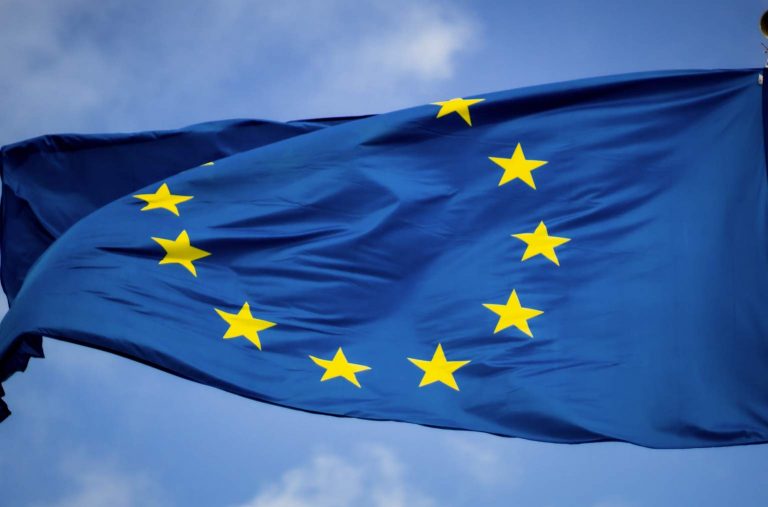
Morning Brief – How to cure Coronavirus
Taking lead from the US House of Representatives, Italy, China, and now the IMF, apparently the cure to Coronavirus is to print a ton of money. In fact, more; much more! Ten tons of $100 bills is worth approximately a billion dollars. That means the IMF’s pledge of $50bn for Coronavirus afflicted nations is equal to 500 tons of three-figured green notes. The US House of Representatives is discussing an $8bn (80 ton) relief package of its own following Italy’s discussions of a €5bn Euro spending plan (12 and a bit tons if you use those purple €500 notes!). Yes, I’m being facetious and, no, I’m not trying to incite a metric versus imperial measurement war… But the message is important, the raising of cash for government spending, its dispersal, funding and allocation will all have important impacts upon the global foreign exchange market.
Thanks to central bank action that kickstarted on Tuesday, the money being raised by each nation will be essentially free. It will have little impact other than to add another drop into an already enormous pool of liquidity and debt. The Fed’s surprise cut two days ago precluded similar cuts in the cost of borrowing in Australia, Malaysia and Canada. Canada’s decision to mirror the Fed’s 50 basis point cut weakened the Loonie yesterday against its neighbouring Dollar. The way an exchange rate reacts to interest rate decisions is simple; it changes the fundamental cost/reward for getting into respective currencies and therefore appetite for them. But shifts in the rate currencies trade at with respect to each other have huge impacts in determining how effective those very rate decisions will be.
Consider this: the United States’ Federal Reserve cut rates in order to nurture a flickering flame of late-cycle US economic expansion. In particular, it did so to buffer firms whose global supply chains that frequently originate in or prevalently involve China. Additionally, companies exporting from the United States get some respite from the headwinds of a flagging global economy when their currency conveniently depreciates, making it cheaper to purchase internationally. This really does happen – the expectations and realisation of an interest rate cut in the US saw the Dollar lose about 4%. Great! But at the same time the Canadian Dollar, lost 1% versus it’s US counterpart meaning that the relative cost of trade across the US-Canada border moves in favour of the latter, partially limiting the demand stimulus to US exporters. The diminished impact of US monetary easing means that yet further cuts are priced in this year and even as soon as their next scheduled policy announcement in a little under two weeks. All that could equal a yet-weaker US Dollar.
Central banks and nations alike will therefore be very careful to call the easing cycles that they have wholeheartedly embarked upon as a coordinated global policy response. Not, as some might more pragmatically conjecture, a race to the bottom in monetary policy and exchange rates. The BoE so far has been left out of this race largely explaining its trend-breaking 1.5% appreciation so far in March. With incoming Governor Andrew Bailey pledging to take ‘swift action’ to soften the economic impact of Corona virus, that could all be due to change.
Discussion and Analysis by Charles Porter

Click Here to Subscribe to the SGM-FX Newsletter
Related Insights

Daily Brief – Sterling
Sterling No sooner had the financial press written that Sterling was on the skids due to the Chancellor being on the way out, than PM Starmer woke up to the need for some TLC for his beleaguered Chancellor and executed a handbrake turn to administer some gruesome bedside cheer to the apparently on life support […]

Daily Brief – EU Inflation
EU Inflation With the ECB annual symposium meeting in sunny Sintra, Portugal, inflation is very much on President Lagarde’s mind ; that is because it is showing signs of rising with the monthly inflation rate showing an increase of 0.3% and that presages a break above the target 2% rate just as she and her colleagues […]

Daily Brief – Gold
Gold With Gold accounting for the second highest proportion of Central Bank reserves after the USD and the mood music shifting to it assuming a greater influence on future reserves management, it is worth looking at the numbers behind that. In the 1960s, Central Banks held the highest amount historically of 38,000 tons of gold. […]



 Humphrey Percy
Humphrey Percy